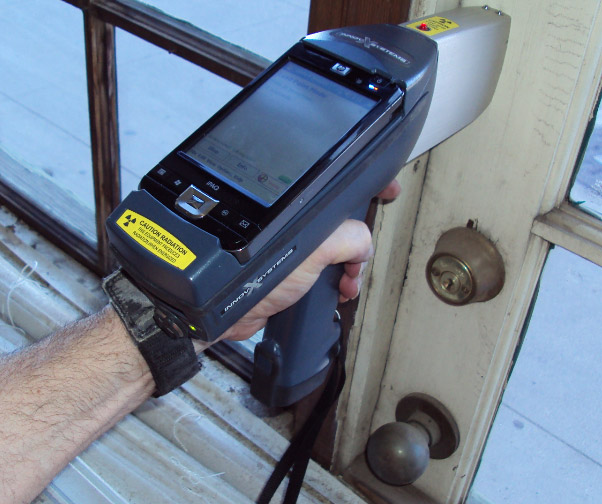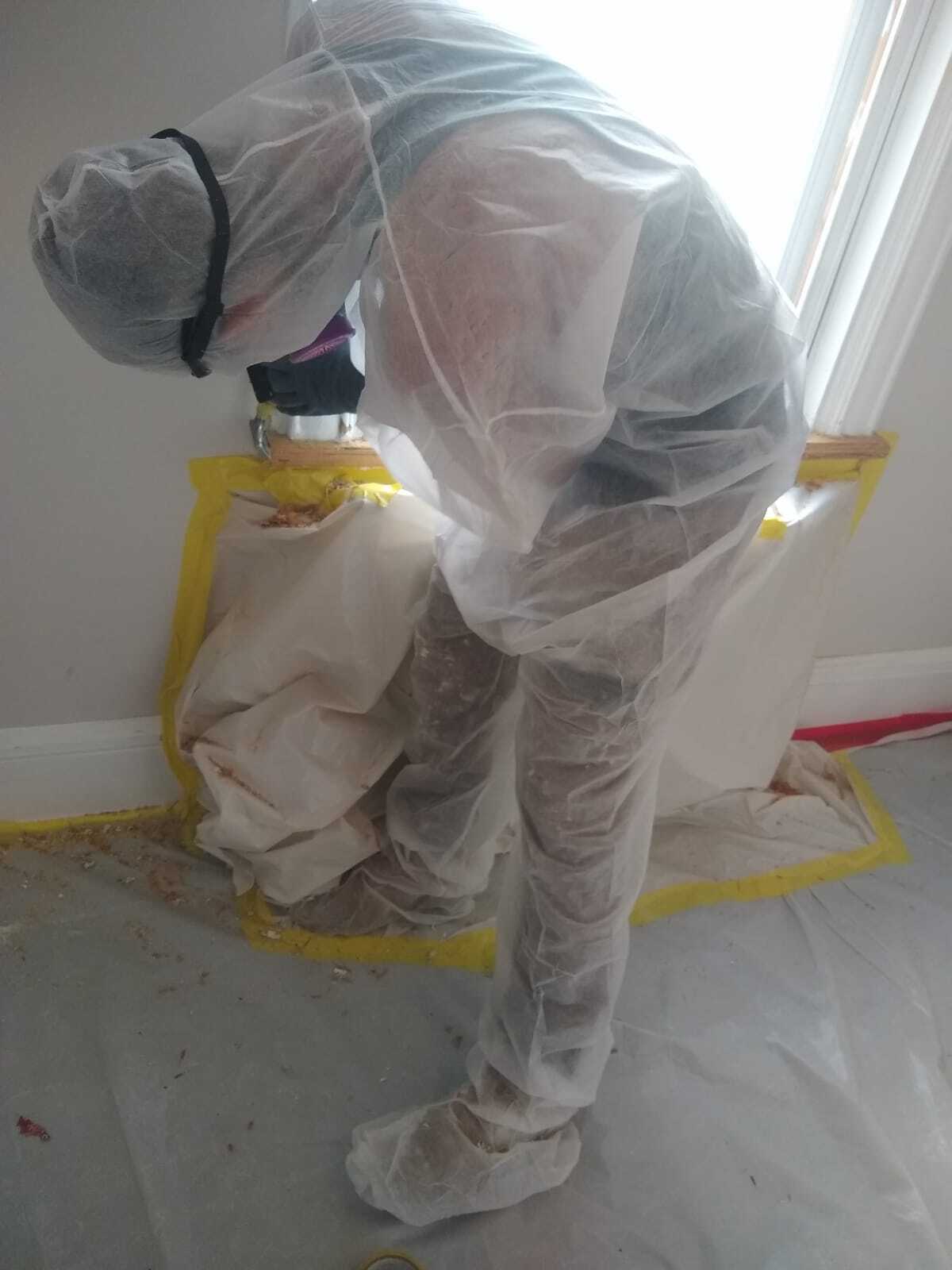Trustworthy DOH & HPD Lead Violation Removal in NYC-- Protect Your Residential property
Trustworthy DOH & HPD Lead Violation Removal in NYC-- Protect Your Residential property
Blog Article
Finest Practices for Ensuring Safe and Complete Lead Violation Abatement
Addressing lead violation reduction calls for a multi-faceted approach to make certain both safety and security and conformity. It's the final clearance process, entailing detailed examinations and research laboratory testing, that really validates a lead-free setting, making sure long-lasting safety. Just how do these methods interconnect to guarantee thorough lead abatement?

Initial Analysis
Performing a preliminary assessment is a critical very first step in lead offense abatement. This stage includes a comprehensive analysis of the building to determine the existence, extent, and certain locations of lead-based threats. Qualified specialists, such as licensed lead assessors or run the risk of assessors, need to carry out an extensive site examination, utilizing devices like X-ray fluorescence (XRF) analyzers to accurately find and measure lead concentrations in paint, dirt, soil, and water.
The evaluation has to additionally include an evaluation of the structure's history, previous reports, and any kind of grievances or health and wellness concerns reported by residents - Lead Removal Contractors. Recording the searchings for meticulously is vital, as these records form the basis for developing an efficient abatement method. A comprehensive analysis also involves sampling and lab evaluation, which are critical to verify the existence of lead and overview succeeding activities
Furthermore, it is necessary to connect the outcomes transparently to all stakeholders, including homeowner, occupants, and governing authorities. By guaranteeing that the preliminary evaluation is carried out with accuracy and roughness, experts can lay a strong structure for a targeted and reliable lead abatement process, ultimately safeguarding public health and ensuring compliance with regulatory standards.
Proper Control
Correct control is essential to stop the spread of lead pollutants during abatement tasks. Properly taking care of control lessens the danger of lead dust and debris moving to non-work locations, therefore securing both the atmosphere and individuals outside the immediate job area. To accomplish proper control, an impermeable barrier of plastic sheeting have to be developed around the workspace, ensuring all joints and sides are securely secured. Lead Removal Contractors. This obstacle ought to extend from flooring to ceiling and be taped down to prevent any leaks.

Routine examinations of the containment location are required to examine for breaches or weaknesses in the obstacle. Any determined concerns ought to be promptly dealt with to keep the honesty of the control. By adhering to these methods, abatement tasks can successfully regulate lead contamination and reduce affiliated health dangers.
Employee Protection
Making sure employee protection is vital throughout lead abatement projects to stop job-related direct exposure to harmful lead fragments. Vital actions include the use of individual protective tools (PPE) such as respirators, handwear covers, and full-body suits particularly created to obstruct lead dirt and fumes. Workers ought to go through detailed training on the proper usage and maintenance of PPE, including healthy testing for respirators to guarantee maximum effectiveness.
Design controls, such as regional exhaust air flow systems, are critical in minimizing airborne lead concentrations in the workplace. Administrative controls need to additionally be implemented, including restricting the period of direct exposure and revolving employees to lower specific direct exposure times. Normal clinical monitoring and organic monitoring are essential for early detection of lead absorption, allowing prompt treatment and treatment.
Moreover, establishing a decontamination protocol is vital. Workers must follow stringent purification treatments before breaks and at the end of their shift to avoid lead dust from being lugged outside the job location. This includes comprehensive hand and face washing with lead-specific see this site cleaner and altering out of contaminated clothing.
Thorough Cleaning
Preserving a risk-free workplace expands beyond worker defense and includes precise cleaning to make sure lead bits are thoroughly gotten rid of from the site. The process of meticulous cleaning is vital in protecting against the company website recontamination of the eased off location and safeguarding both present and future passengers.
To achieve an extensive cleaning, all workspace should be systematically sanitized. This entails making use of specialized HEPA (High-Efficiency Particulate Air) vacuum and wet-wiping strategies to record and remove fine lead dust that may have decided on surfaces. It is important to cleanse all straight surfaces, consisting of floors, home window sills, and kitchen counters, in addition to upright surfaces that may have entraped lead particles.
Workers have to wear suitable individual safety equipment (PPE) throughout cleaning to avoid exposure to recurring lead dirt. Used cleaning products such as wipes, sponges, and wipe heads should be disposed of according to contaminated materials disposal laws.

Final Clearance
Final clearance is the vital ending stage of lead reduction that figures out whether the website is risk-free for reoccupation. This important action includes detailed assessment and testing to confirm that all lead dangers have been successfully removed.

Final clearance testing not only protects future owners however also ensures conformity with regional, state, and federal laws. Additionally, it functions as a recorded validation of the abatement service provider's adherence to market ideal techniques. Ensuring a detailed and successful last clearance is vital in safeguarding public wellness and fostering rely on the reduction process.
Verdict
Guaranteeing secure and thorough lead infraction abatement demands a complex strategy including initial analyses with sophisticated detection techniques, efficient control strategies, strict employee protection procedures, and thorough cleanup procedures. The final clearance stage, featuring in-depth assessments and laboratory testing, is essential to validate conformity with EPA criteria. Adherence to these ideal practices guarantees a risk-free setting for occupants, reduces health and wellness risks, and upholds regulative demands, consequently advertising public wellness and safety in lead-affected areas.
Report this page